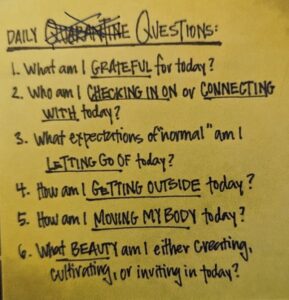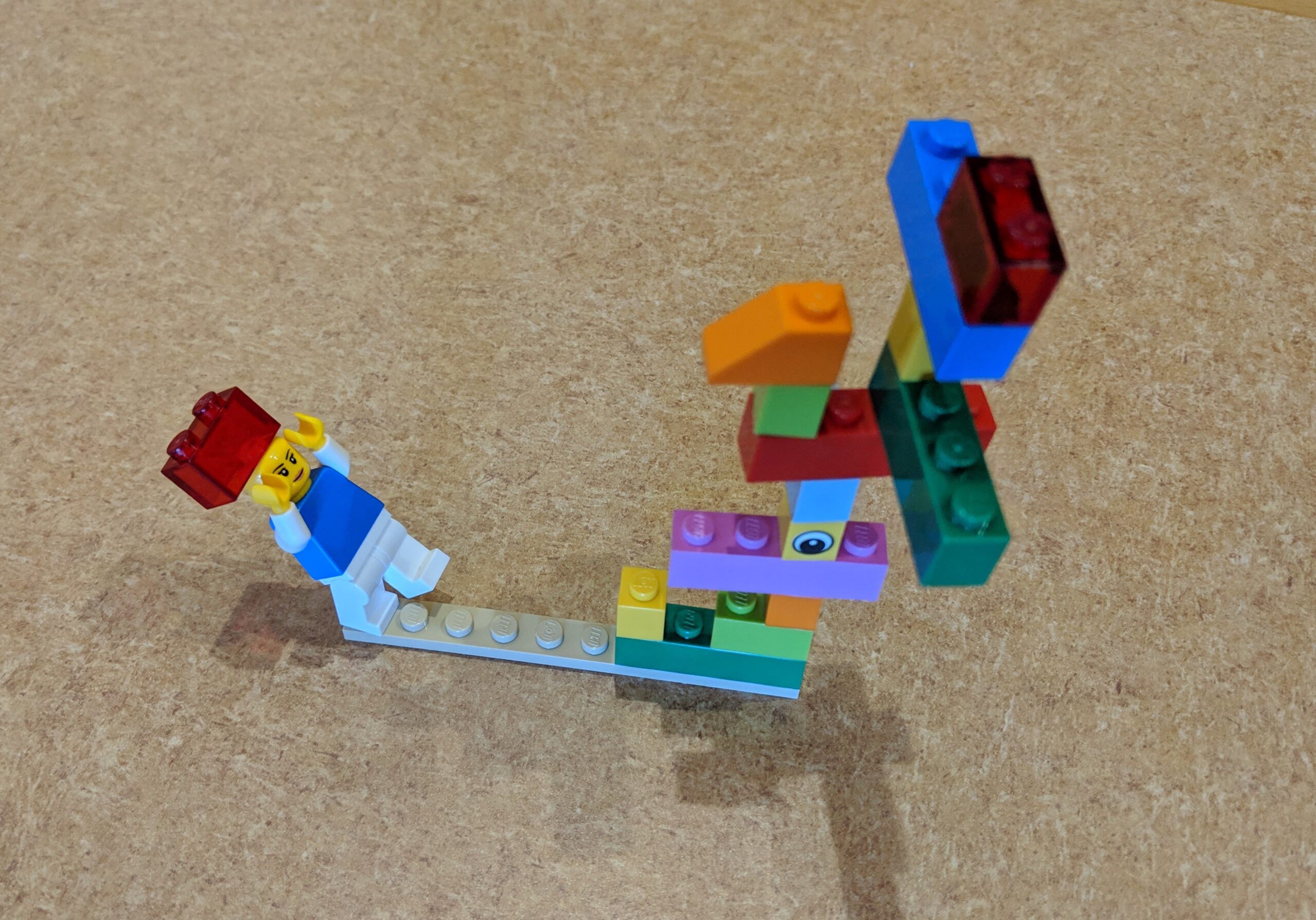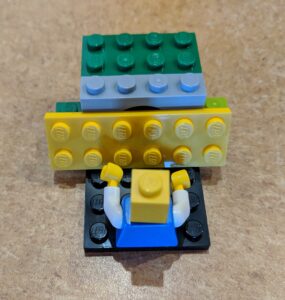[Note: Not just in the spirit of Thanksgiving, but all year long we can be thankful. That’s why I love this post from Curt Rosengren, “Passion Catalyst” dedicated to helping others “love their work and change their world in a way that feels personally meaningful to them.”
Special thanks to Curt for allowing me to share this on my blog. For more great content, check out his Aliveness & Impact Blog.]
35 Gratitude-Prompting Questions That Can Change Your Life
by Curt Rosengren
How much is there in your life to be grateful for? How frequently do you notice it? If you’re like most of us, you’re probably leaving a lot of opportunity for gratitude on the table. And that’s unfortunate, because it can have a powerfully positive impact on your life.
I often call gratitude the well-being wonder-drug. Extensive research has shown a wide range of benefits, including increased happiness, improved relationships, better physical health, and less depression. It can even help you sleep better.
There are many ways to incorporate a gratitude practice into your life, from gratitude journaling, to writing a daily thank you letter, to making it a goal to find 10 things to say thank you for each day.
However you decide to bring gratitude into your day, it all starts with one thing – noticing!
Until you start to build that automatic gratitude muscle, that can sometimes feel easier said than done. Most of our lives are awash in things to be grateful for, but we are so busy with life, its worries and preoccupations, that we don’t always see them.
To help you get started, here are 35 gratitude-prompting questions to explore.
- Who do I appreciate?
- How am I fortunate?
- What material possessions am I thankful for?
- What abilities do I have that I’m grateful for?
- What about my surroundings (home/neighborhood/city/etc.) am I thankful for?
- What experiences have I had that I am grateful for?
- What happened today/yesterday/this week/this month/this year that I am grateful for?
- What opportunities do I have that I am thankful for?
- What have others in my life done that I am thankful for?
- What have others done that I am benefiting from in my life (even if I don’t know who those people are)?
- What relationships am I thankful for?
- What am I taking for granted that, if I stop to think about it, I am grateful for?
- What is there about the challenges/difficulties I have experienced (or am currently experiencing) that I can be thankful for? (e.g., What have I learned? How have I grown?)
- What is different today than it was a year ago that I’m thankful for?
- What insights have I gained that I am grateful for?
- What am I able to offer others that I am grateful for?
- What opportunities to help others am I thankful for?
- What can I find to be grateful for in this very moment? (Challenge yourself. Make it a game.)
- What do I see right now (with your eyes) that I can be grateful for?
- What is associated with something I’m grateful for that I can be grateful for? (For example, if you’re grateful for the cup of coffee you’re enjoying, there’s the potential to be grateful for everything that went into it – the farmer who grew it, the earth it grew in, the sunshine and rain, the people who picked it, the business and people who involved in getting it from there to where you are, the roasters, etc.).
- What can I enjoy right now that I can be grateful for? (For example, looking out my window I’m enjoying the color contrast of a branch of a juniper tree that has both live green and dead brown tips – when I really stop and notice it, it’s quite pretty.)
- What do I hear that I am grateful for (birds? music? the sound of children giggling?)
- What do I normally take for granted that I am grateful for (clean and readily available drinking water? flush toilets? an abundance of food?)
- What interaction(s) have I had lately that I’m grateful for? (the funny barista? the gentle smile from the person you walked past in the grocery store? the compliment from a co-worker?)
- What have I learned lately that I’m grateful for?
- Who am I grateful to for teaching me something lately?
- What do I get to do that I’m grateful for? (hobbies? work you enjoy? helping someone? going to a good movie?)
- How have other people helped me that I’m grateful for?
- What opportunities to help others have I had that I can be grateful for?
- What do I find fascinating? Can I be grateful for that fascination?
- What emotional feelings am I grateful for right now?
- What physical sensations am I grateful for right now?
- What is the subtlest thing I can notice that I can be grateful for? (a gentle breeze? the lingering smell of a delicious meal?)
- What have I seen others do that I can feel grateful for seeing (chasing somebody down to return money they dropped? giving up a seat on a crowded bus? giving a stranger a genuine compliment?)
- How is my life made easier? Who contributes to that?
My own gratitude practice ebbs and flows. When it flows – when I prime the pump and really start noticing what’s there – it never fails to blow me away how much there is to be grateful for. And the more I notice to be grateful for, the better it feels.
And my life isn’t particularly unusual or special. As you go deeper into gratitude, I have no doubt that you will find the same to be true for you.
Try making it a 30-day experiment. You could write a daily gratitude journal. Or keep a notebook with you and jot down things to be grateful for as you notice them. Maybe you can do a daily gratitude exchange with a friend or family member, sharing something you’re thankful for that day (perfect for the family dinner table). I particularly like the idea of taking one question a day and doing a deep dive using that question as a lens.
However you do it, gratitude is a gift you can give yourself that can pay big dividends.
[Image credit: photo by Gabrielle Henderson on Unsplash]













